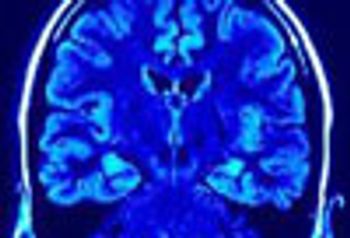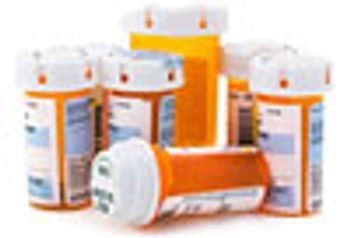
The majority of headaches are designated as primary (tension-type, migraine) for which imaging provides no benefit for either diagnosis or treatment.

The majority of headaches are designated as primary (tension-type, migraine) for which imaging provides no benefit for either diagnosis or treatment.

Benzodiazepines are overprescribed and abused; are increasingly responsible for emergency room visits; and are contraindicated for patients with chronic pain.

For most patients who have had low back pain for less than 6 weeks, there is little need for imaging studies.

Chronic pain management in the elderly is complex. Safe and effective use of analgesic medications in geriatric patients requires risk-benefit analysis.

Medication overuse headache can result from overuse of any drug to abort acute headache. Discontinuation is the only effective treatment and is difficult.




Given that pain following surgery is predictable, one might assume we know a lot about optimal analgesia and management. A meta-analysis of Cochrane Reviews, however, reveals that we still have a lot to learn. Read more, here.

There is an old saying in real estate that the 3 most important features about a property for sale are “location, location, and location.” In medicine, an equivalent aphorism for the best way to avoid legal problems is “document, document, and document.”


There is no doubt that because the number of cases of diabetes is rapidly growing in this country, so is the number of patients with diabetic neuropathic pain. Thus any new recommendations for improving treatment of DNP are welcome. However. . .

As technological advances in medicine have progressed from the measurement of temperature to the ability to test for genetic factors that can predispose to disease, physicians have sought objective measures for their patient’s problems. When it comes to pain, however-the most common complaint that drives patients to see doctors-we still rely on the subjective report of the individual patient as the primary measure.

Antidepressants are often referred to as “adjuvant analgesics.” Although the name suggests that these agents don’t provide direct pain relief in the same way as opioids or NSAIDs, it is well established that antidepressants provide excellent analgesia for many pain conditions.

We have long known that many adolescents have chronic pain. A new study highlights just how widespread it is-and the significant impact it can have.

For years, GI toxicity and risk of bleeding were the issues of most concern when deciding to prescribe an NSAID. The cardiac effects associated with these drugs were considered a positive in that least some have been shown to provide prophylaxis against myocardial infarction.

Pain is a subjective complaint. We can’t measure it as we can, for example, hematocrit, blood pressure, or blood glucose. If a patient doesn’t complain of pain, we generally assume that he or she isn’t experiencing it. But what about patients who have pain but who are physically or mentally unable to tell anyone about it?

Twenty years ago, the American College of Rheumatology (ACR) introduced the following clinical criteria for the diagnosis of fibromyalgia (FM) . . .

A variety of effective treatments are available for diabetic peripheral neuropathic pain (DPNP), including topical agents, oral medications, and nondrug approaches. The lidocaine patch 5% is recommended for relatively localized pain.

ABSTRACT: The results of diagnostic tests do not correlate well with the presence and severity of pain. To avoid missing a serious underlying condition, look for "red flags," such as unexplained weight loss or acute bladder or bowel function changes in a patient with low back pain. Nonopioid medications can be more effective than opioids for certain types of pain (for example, antidepressants or anticonvulsants for neuropathic pain). When NSAIDs are indicated, cyclooxygenase-2 inhibitors are better choices for patients who are at risk for GI problems or who are receiving anticoagulants. However, if nonspecific NSAIDs are not contraindicated, consider using these far less expensive agents. The tricyclic antidepressants are more effective as analgesics than selective serotonin reuptake inhibitors. When opioids are indicated, start with less potent agents (tramadol, codeine, oxycodone, hydrocodone) and then progress to stronger ones (hydromorphone, fentanyl, methadone, morphine) if needed.